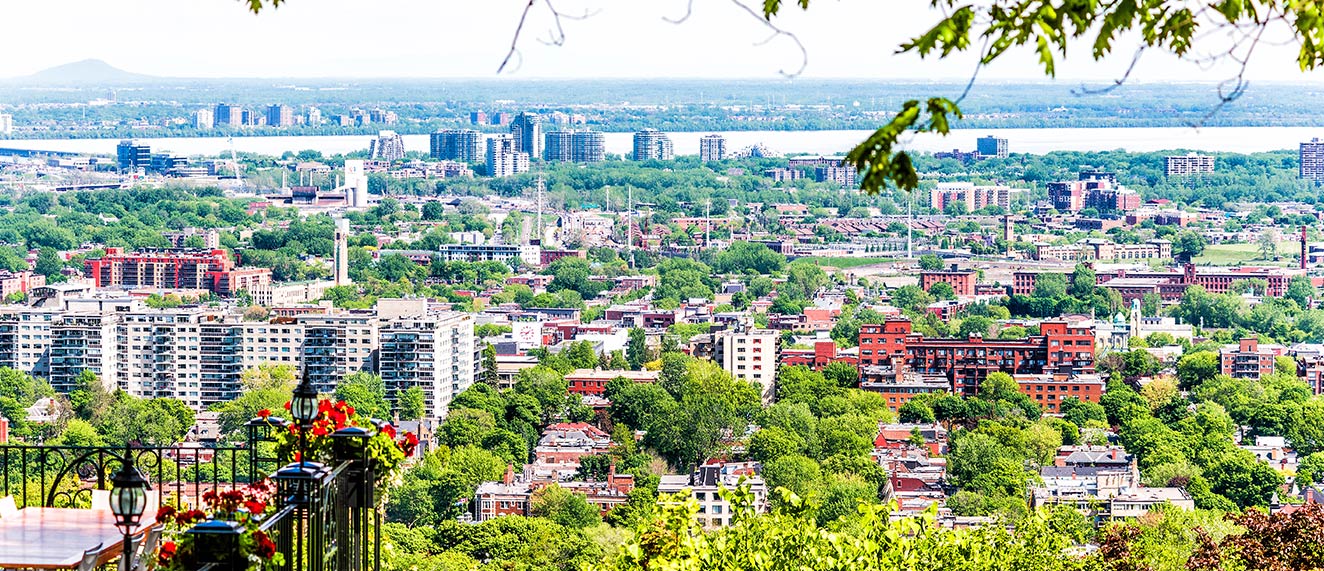On Wednesday, September 15, the Canadian Real Estate Association (CREA) released its national housing statistics for the month of August. Below, CREA’s Director and Senior Economist, Housing Data and Market Analysis, Shaun Cathcart, provides an update on the current state of housing markets in Canada and explains what the data means for members.
From their peak back in March, we’ve been watching Canadian home sales come back down to Earth. That said, we’ve also been watching those monthly declines get smaller and smaller.
In August, sales edged back just 0.5% on a month-over month basis, which was basically unchanged. So, looking at that trend since the spring, it looks more and more like transactions are stabilizing.
While they are at more normal—or more sustainable—levels compared to earlier this year and the second half of last year, they are still quite active compared to any other point in history—around the 580,000 mark if you annualize the monthly numbers.
The line I’ve been going with, and I feel safe repeating as it continues to become more true as time goes by, is that housing markets appear to be cruising somewhere in between pre-pandemic and peak-pandemic levels.
However, while that description applies with varying degrees to sales volumes, price growth, and market conditions, it does not apply to end-of-month inventories, which hit another all-time low at the end of August. (You may have noticed the focus on housing supply during in the election campaign.)

Seller’s market territory
This means market conditions (which measure the balance between supply and demand), whether the number of months of inventory or the sales-to-new listings ratio, are still a lot closer to that peak-pandemic seller’s market level.
As such, it wasn’t a big surprise to see prices re-accelerate on a month-to-month basis nationally in August.
It was back in June we first saw a couple of Ontario markets where prices picked up some steam. At the time I remember asking the question, were these exceptions to the rule or canaries in the coal mine?
It looks like they were the latter because in July we had quite a few more Ontario markets join the club and in August we had a critical mass across much of Canada see that same trend—so much so that the national aggregate also accelerated.
MLS® Home Price Index rose 0.9%
The overall MLS® Home Price Index (MLS® HPI) rose 0.9% month-over-month in August 2021, up from 0.6% month-over-month in July. That was the first acceleration in monthly price growth since February, and 1% price growth per month is not slow.
On a year-over-year basis the MLS® HPI was up 21.3% in August, still a huge increase and only a little slower than in July.

Price growth across the country
Looking across the country, year-over-year price growth is around 20% in British Columbia and Ontario, but it’s important to note that this results from a mix of lower gains in Toronto and Vancouver and higher gains elsewhere—maybe one of the defining COVID-19-era trends.
Prices in the Prairies are in the mid- to high-single digits in Alberta and Saskatchewan and getting into the 10% range in Manitoba. Quebec is also around 20%, with Montreal leading the way. New Brunswick is closer to 30% year-over-year price growth, and Newfoundland and Labrador is also touching double digits at around 10% year-over-year.
What can we expect in 2022?
So, what do we expect to see going forward? We also released an updated forecast this month.
The big picture messaging underlying this forecast is the craziest of the COVID-19-era volatility in housing markets may be behind us at this point. Again, it’s that idea about levelling off in between pre-and peak-pandemic levels.
For 2021, remember we’re already in September so these calls become less and less bold—most of the year is already on the books so most of the annual story is already written: a forecast record 656,000 sales at an average price of about $680,000, both of those up almost 20% year-over-year.
The forecast for 2022 is to see something like 577,000 homes trade hands at an average price of around $718,000. Note: home sales are in this range today and the average home price already punched through the $715,000 mark back in March, so these values are not out to lunch in any way.
Generally, sales are expected to remain pretty solid, but with only a little over two months of inventory, that is not a situation where you would expect prices to go down. That said, we’re also not expecting to have another year of price gains like we’ve just seen.
At the risk of sounding like a broken record, we have been, and are forecast to continue, cruising somewhere in between the pre-COVID-19 times and the frenzy of late 2020 and early 2021. The limiting factor for sales, mobility and affordability will continue to be the ever-shrinking number of “for sale” pins on the map for people to choose from.





